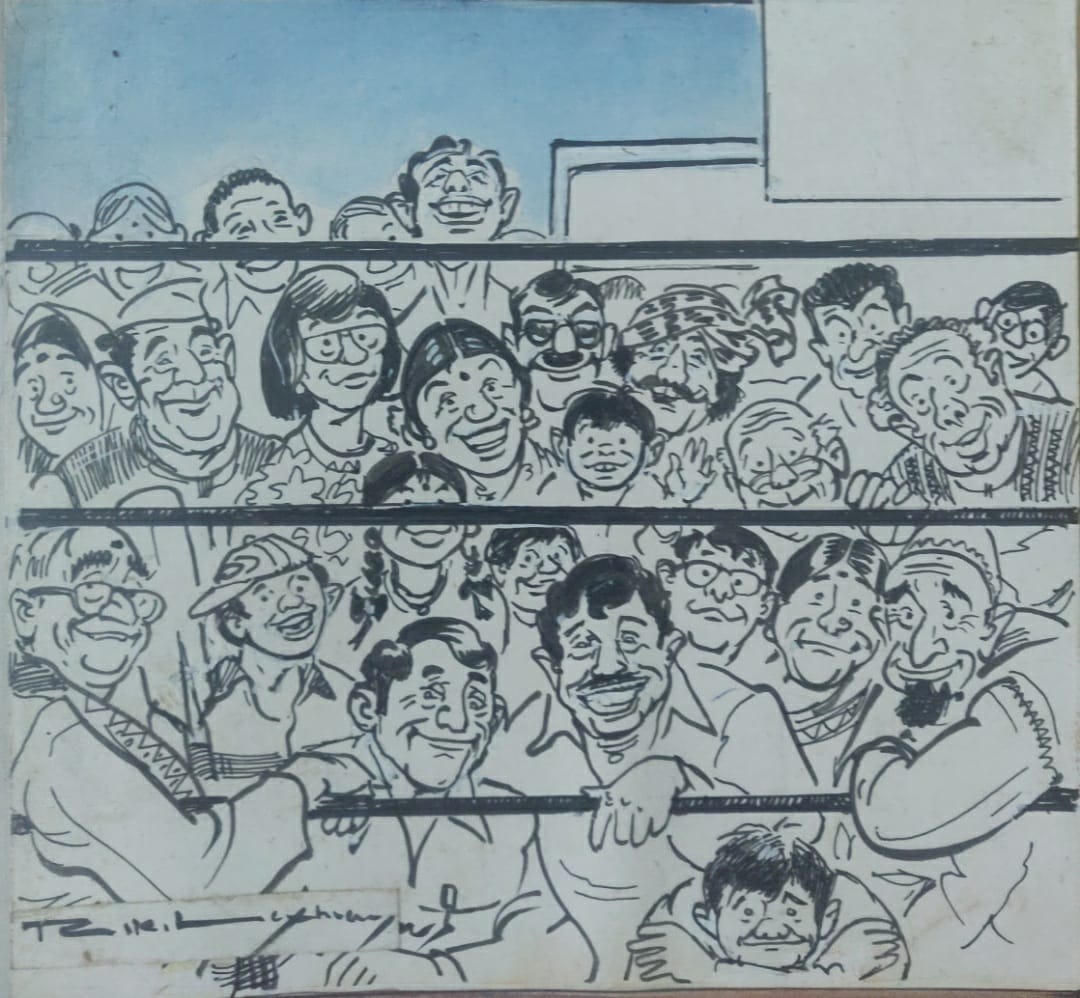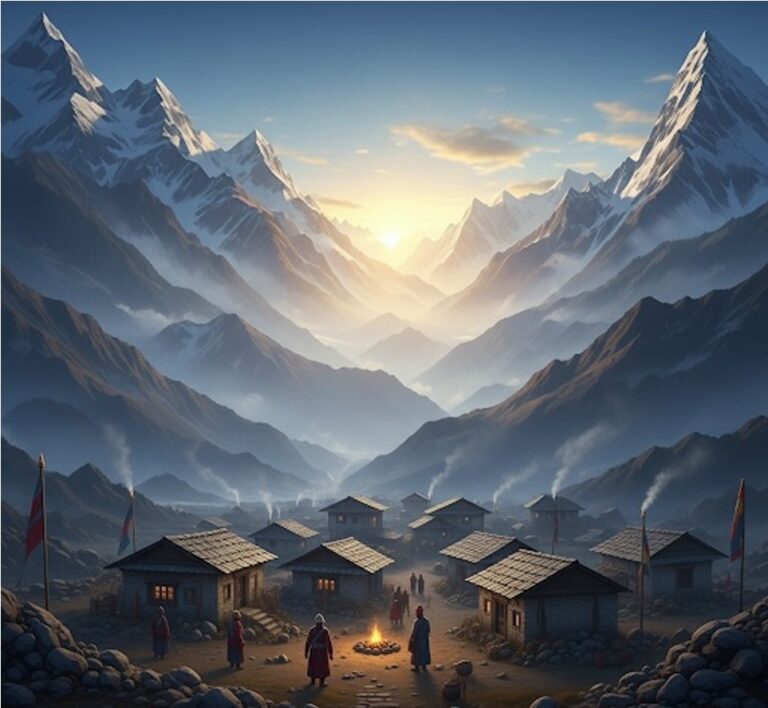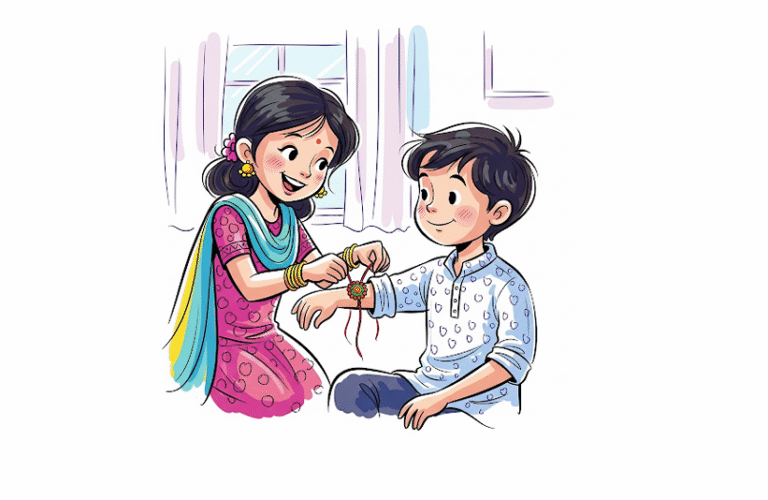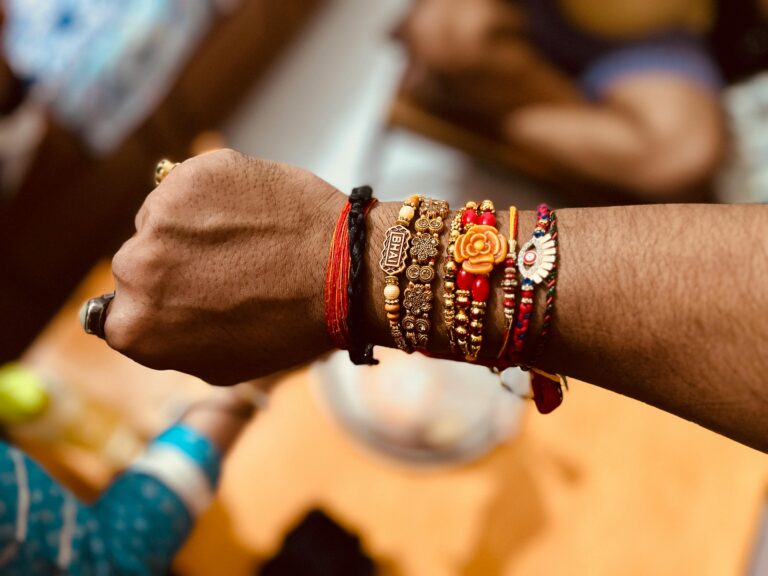A Cartoon and a Cartoonist: Recollections
It was 1997, when we were commemorating the golden anniversary of our Independence. In keeping with the spirit, we were asked to device ways to celebrate the same in myriad aspects and nuances of Indian Railways.
The Railway time table was due for publishing in September, 1997, if you recall; it had zigzagged from March to January to September, in the nineties, depending on whims and fancies of our political masters and layers of bosses of many hues.
As Chief Public Relations Officer, Western Railway, I planned to do something different – at least that is what I thought I would be doing. Since I was fond of doodling, drawing and designing the images for the calendar, post cards, et al, generally not considering the stock pictures, thereby feeding copiously the Ad agencies on our panel, and those who could digest our outlier suggestions. Of course, not without verbal skirmishes, since their copy writers and artists thought no end of themselves. They were professionals. But not always right. Many times, repetitive, and plain boring.
The cover of the passenger Time Table was considered to be an important thing as also the design of the Annual Calendar. It would attract a lot of fuss. Discussions. Fancy ideas oozing out of the high chairs.
A bee in my bonnet stirred. I contacted the Times of India office at the VT and pronounced my desire to meet R.K. Laxman, the emperor of cartoonists. As expected, I was not given any slot at all. Times of India (TOI) faithfully dilly-dallied. Afraid the old man would spurn my request to see him, I dared confronting him in the corridors of the TOI’s second floor, one morning that sultry June. And I got him easy.
“How are you, sir?” I blurted to the man with a salt and pepper head, sauntering back to his room from the washroom, his thick glasses with a cord dangling round his neck.
“I am good, who are you?”
He did not even look at me.
I told his checked shirt-back that I had come from Churchgate with an entreaty that he designed a special cartoon for the cover of WR time table scheduled to be released in September.
“Oh, I don’t do these silly things. I am too busy.” He told me to call him later before he disappeared in his room. That was the end of my petition. I felt cheated.
I tried to contact him several times, there was a stock reply from the TOI, that he was busy or not available. Not deterred, I almost barged into his room another day and introduced myself once again, from the door itself.
“Oh, I know you, you are WR, Churchgate. You followed me when I came all dripping from the washroom. Come, come. What do you want?”
He appeared in a hurry, but in a decent mood, that cheered me up. I sheepishly went in the room, by far spacious by the Bombay standards, matching his status. I told him how enormous a fan I was of his wonderful cartoons, and that the daily TOI was incomplete without his art and wit adorning the first page, every morning.
He chuckled. “It’s alright.”
I surveyed his room pinned with cartoon drawings, scores of books, magazines, ink jars, mostly black, I presumed, sheets of papers, 2B, 4B, 8B, black lead pencils, erasers with blackened edges, pieces of rag cloth, brushes of sizes, zero to eight, a few bigger ones. A large tea cup on the huge mahogany table. His chair was green and cushioned, a tad bigger for the frail man. It was neat and organized. “Yes! Tell me.”
“Sir, I have come to you with an earnest request to create for WR an appropriate cartoon which we will use for the cover design.”
He looked at me almost in disbelief, bordering anger, short of calling names. “Your Railway systems are putrid, your trains are dirty, they are noisy, they are overcrowded, seen the accidents, ho! There is no punctuality worth the name, see these trains from this window screeching and making a ruckus. Which is this Railway? CR or WR?” he shouted pointing out from his window towards suburban platforms.
I said, “Sir, CR.” He started again with an intense diatribe, repeating all those quintessential things, bad about the railways.
“And you, and you, you want me to do a cartoon for you? I have no time for this nonsense.”
Get lost, I thought he was on the verge of declaring, what he did not blurt out. To my relief. I felt like a pygmy.
After he had done his bit, giving vent to his pent-up years of railways in a stream of annoyance, I tried to charm him, mustering the remnants of courage and self-respect, trying my luck one last time.
“Sir,” I said, “I am from WR, where we are doing a good job. Believe you me, sir. Our punctuality is good. Cleanliness is noticeable. And that the reach of the passenger TT is enormous. And your cartoon on the cover will stand out. Sir, you are RK Laxman. You are a for us a demi god. Please make one for me, sir,” the public relations avatar was speaking through me; assortment of some facts, some statistical lies.
“Do you want tea?” he said whimsically. “You are too insistent, too dogged. What kind of cartoon do you want?” he relented.
My stomach was in a churn. The old man was well caught in the net, I was sure.
I explained, we wanted to showcase a second-class coach window with two bars, to be looked at from outside by many of his famous cartoon characters, like Chandu, the famous common man, the Koli ladies, politicians, constables, etc. It is a window to the world. This is what I could think of at that moment of his thawing. My anxiety was at test. To my amazement, he pushed a scrap of white drawing sheet under my nose. “Draw something, your ideas, quick, quick.”
Seizing the opportunity, I did nervously and happily, using one of his pencils. I drew three lines showing the window of a passenger coach, and made some random sketches of people looking at and into the window from the platform, as if they were seeing off their loved ones. The concept with me was absolutely clear.
“Good,” he said. And dismissed me. “Contact me after a week. I will do something.”
I came out from his chamber beaming and sweating, back to Churchgate. I had not even asked what fees he would charge us for this exclusive work. Or, whether he would do it at all. I tried to get in touch with him, without any success. Once again, I barged into his office, fully knowing this was the only way, and asked whether he had done something to oblige WR. He had indeed drawn a cartoon which I found was good, if not exquisite. He showed it to me casually; we discussed. He had not signed it in his distinctive style. When I requested him to do so, he did it without much ado. The signatures done with a small brush dipped in black ink did not look like Laxman’s. I mustered the courage to ask him to redo it. He was condescending and did it again on a piece of paper, two times, cut it out carefully, and affixed on the badly done signatures. The cartoon was finally done. But still it looked to me a bit blank.
Finally, I asked him whether we could use colour on his black and white drawing before finally printing it. He was aghast. I explained to him that the window was divided into three rectangles, like the Indian flag. And that we could use wash of saffron colour on the top and green on the lower, keeping the middle unwashed. And that it would be in line with the idea of our national flag. His eyes lit up, “Yes, yes, yes, you may destroy my cartoon thus,” he laughed this time, and waved me off. “Run your trains well, mister. Ten thousand by cheque in a few days. What’s your name? Good morning.”
*
We used Mr. Laxman’s cartoon on the cover of WR Time Table of 1997 and got good reviews.







